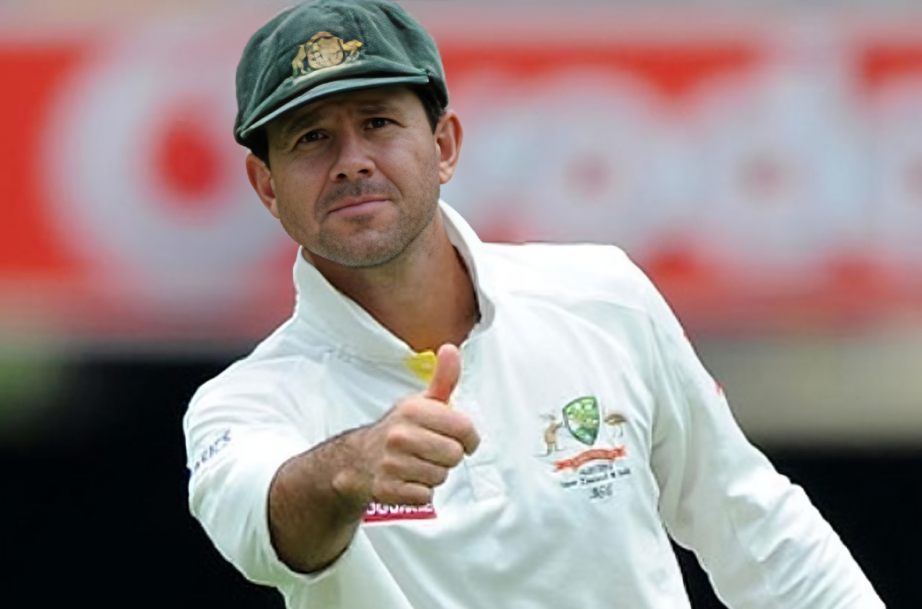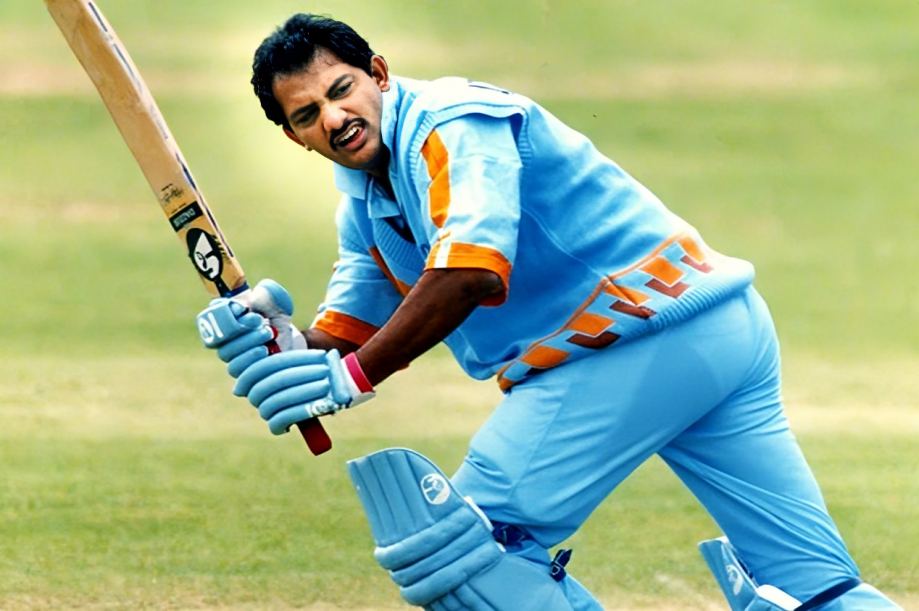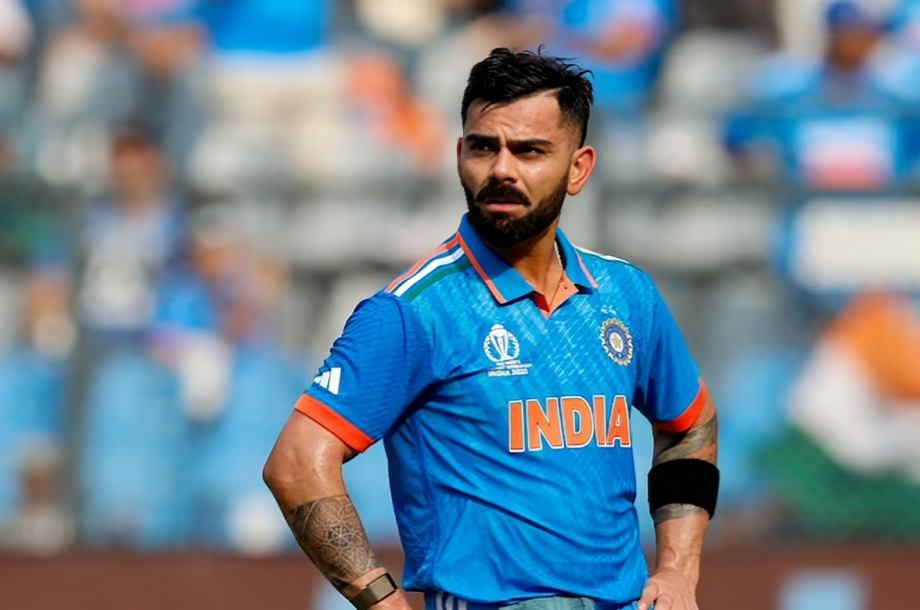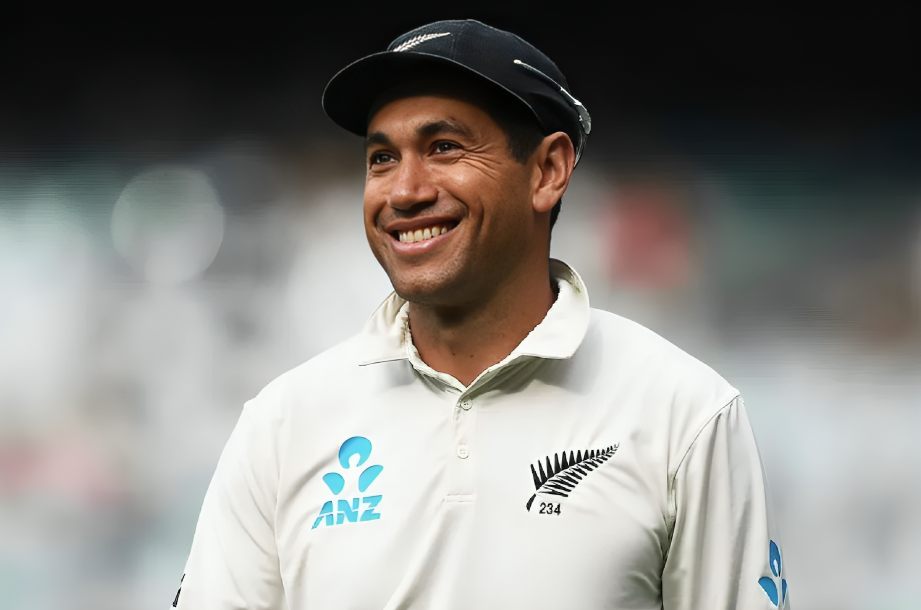The top 5 players with the most catches in ODI history are renowned for their exceptional fielding abilities. They displayed remarkable consistency, athleticism, and adaptability across various positions, contributing significantly to their teams’ successes. Their quick reflexes, concentration, and fitness redefined fielding standards in modern cricket.
1. Mahela Jayawardene (Sri Lanka) – The Record Holder

Jayawardene’s exceptional catching ability was complemented by his sharp cricketing intelligence. His ability to anticipate shots and position himself optimally made him a reliable asset in the field. Whether stationed in the slips, at short mid-wicket, or in the covers, he consistently displayed quick reflexes and a deep understanding of the game. His 218 catches in 448 matches, with a catch-to-innings ratio of 0.492, highlight his remarkable consistency over a 17-year career from 1998 to 2015.
2. Ricky Ponting (Australia) – The Complete Package

Ponting’s impact as a fielder extended beyond his 160 catches in 375 matches, with a catch-to-innings ratio of 0.43. As Australia’s long-time captain, he set the benchmark for an era of exceptional fielding. His athleticism and sharp reflexes made him particularly effective in positions demanding quick reactions. Whether diving or sprinting at full speed, Ponting’s ability to take stunning catches became a trademark of his fielding style, inspiring a generation to raise their standards.
3. Mohammad Azharuddin (India) – The Natural

Azharuddin’s 156 catches in 334 matches, with a catch-to-innings ratio of 0.469, showcased his elegance and reliability in the field. What set him apart was his effortless catching style, making even the toughest grabs look routine. Stationed primarily in the slip cordon, his soft hands and quick reflexes made him especially effective, particularly against spin bowling. His unwavering concentration and ability to take crucial catches solidified his status as one of India’s finest fielders.
4. Virat Kohli (India) – The Modern Great

Kohli’s 154 catches in 294 matches, with an impressive catch-to-innings ratio of 0.523, highlights his place in the modern era of fielding excellence. His ratio, the second-highest among the top five, reflects the evolution of fielding standards in contemporary cricket. Known for his supreme fitness and agility, Kohli has redefined fielding with his ability to cover ground rapidly and take catches at full speed. His dedication to fitness has enabled him to consistently maintain top fielding standards throughout long matches and series.
5. Ross Taylor (New Zealand) – The Efficient Catcher

Ross Taylor’s 142 catches in 232 matches, with a catch-to-innings ratio of 0.612, not only places him fifth on the all-time list but also highlights his exceptional efficiency as a fielder. This impressive ratio demonstrates his reliability and consistency. Whether in the slips, at point, or in the deep, Taylor’s versatility made him a key asset to New Zealand’s fielding unit. His ability to stay focused and take crucial catches, especially in high-pressure moments, solidified his reputation as a dependable and adaptable fielder.
| Player | Country | Catches | Matches | Catch-to-Innings Ratio | Career Duration |
| Mahela Jayawardene | Sri Lanka | 218 | 448 | 0.492 | 1998–2015 |
| Ricky Ponting | Australia | 160 | 375 | 0.43 | 1995–2012 |
| Mohammad Azharuddin | India | 156 | 334 | 0.469 | 1985–2000 |
| Virat Kohli | India | 154 | 294 | 0.523 | 2008–Present |
| Ross Taylor | New Zealand | 142 | 232 | 0.612 | 2006–2022 |

